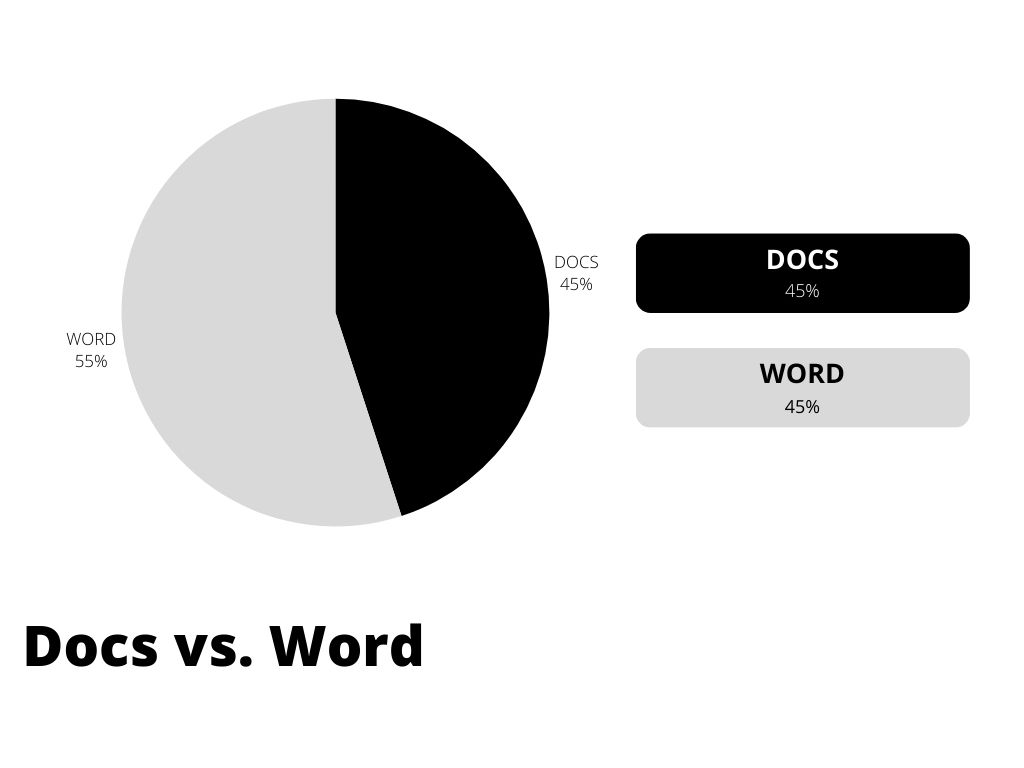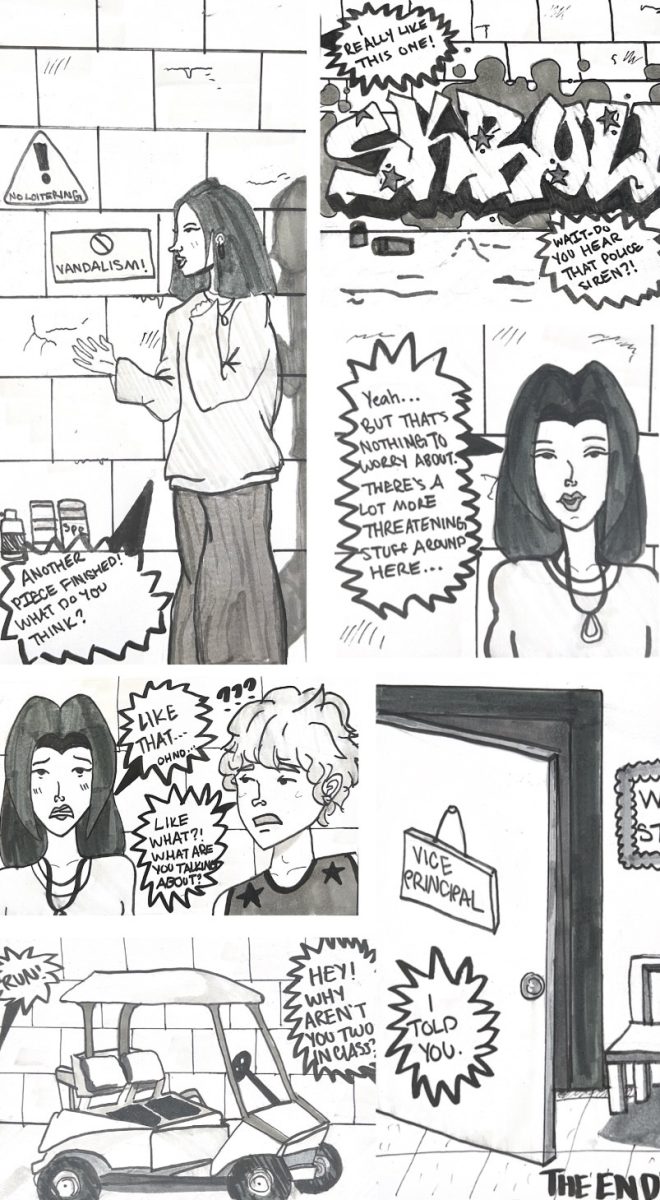Iowa Caucus: Why the results are still unclear
Every four years, American citizens from all over the nation study the results of the Iowa Caucus to predict which presidential candidate will most likely win, and the results also give candidates an indication of how they can improve their campaign. This year, however, the Iowa caucus faced many complications.
For the first time ever, the Iowa Democratic Party decided to start “virtual caucuses,” allowing Democrats to vote from smart devices, consisting of 10% of the caucus’s delegates.
“While we will always continue to improve the caucus process, I am confident that with these historic changes, we are giving more Iowans a way to participate in the caucuses, we are increasing transparency and trust, and we are streamlining our process,” Iowa Democratic Party Chair Troy Price said.
The results of the caucus showed that Pete Buttigieg was the top Democratic candidate by 0.1%, just above Bernie Sanders. This was unusual, considering in Nevada, Sanders was over 32% higher than

. Maybe this is because Iowa is mainly an agricultural state, but calculating mistakes are suspected.
The evaluation of the Iowa caucus seems to be off every year, but this year the results were especially concerning. Initially, there are two alignments which depict how many supporters each candidate has; since delegates leave, there should never be more delegates in the final alignment. Somehow, the first alignment consisted of 204 delegates and the second one 254.
Mysteriously, candidates who did not receive enough votes to win delegates’ support maintained delegates anyway. In the Black Hawk County, Biden only got five votes and still had a delegate. Little details such as this have voters concerned with the new online voting process.
According to this caucus, it seemed as though Sanders and Buttigieg would be competing for the position against Trump; shortly after the Iowa caucuses, however, the press discoveres that Buttigieg had dropped out of the presidential race.
Your donation will support the student journalists of White Station High School. Your contribution will allow us to purchase equipment and cover our annual website hosting costs.



































